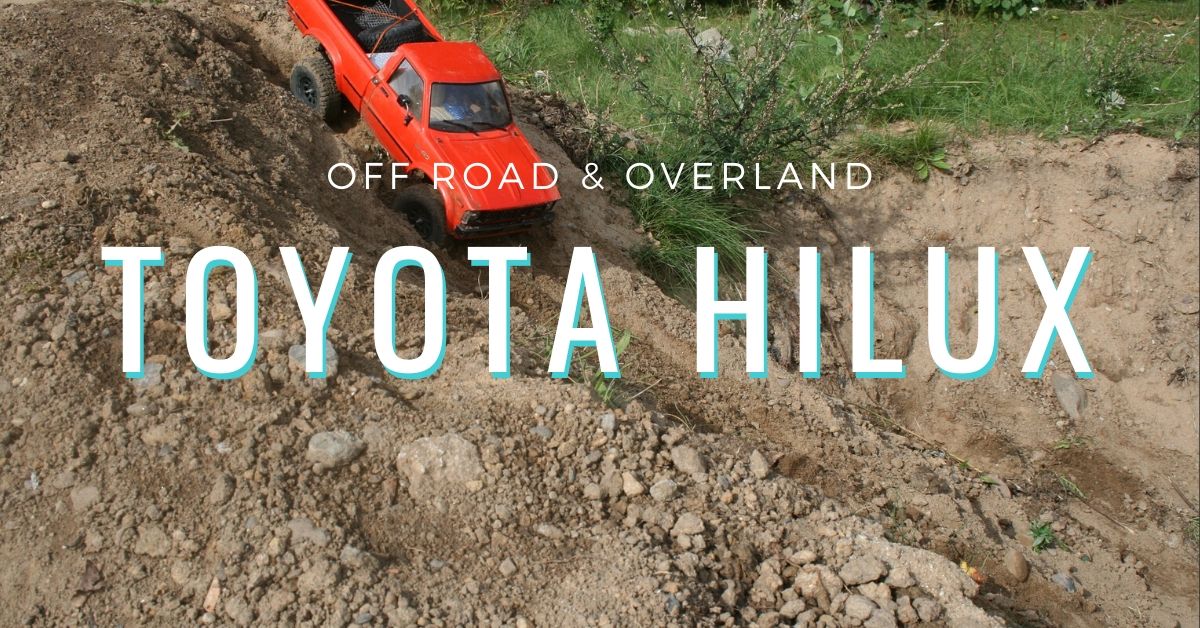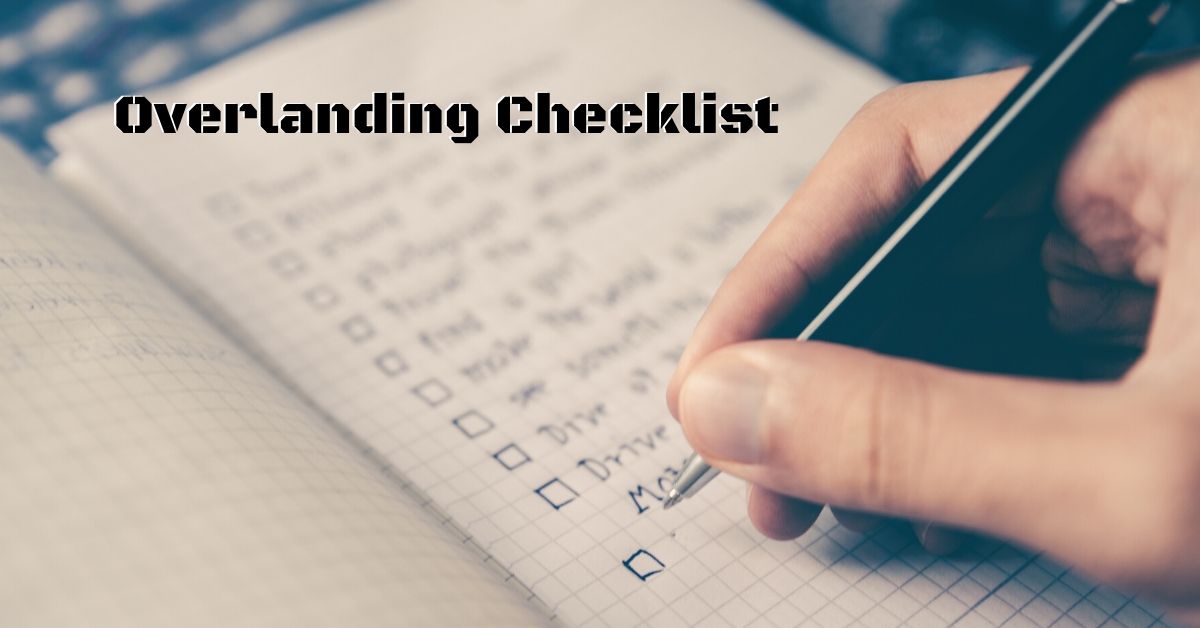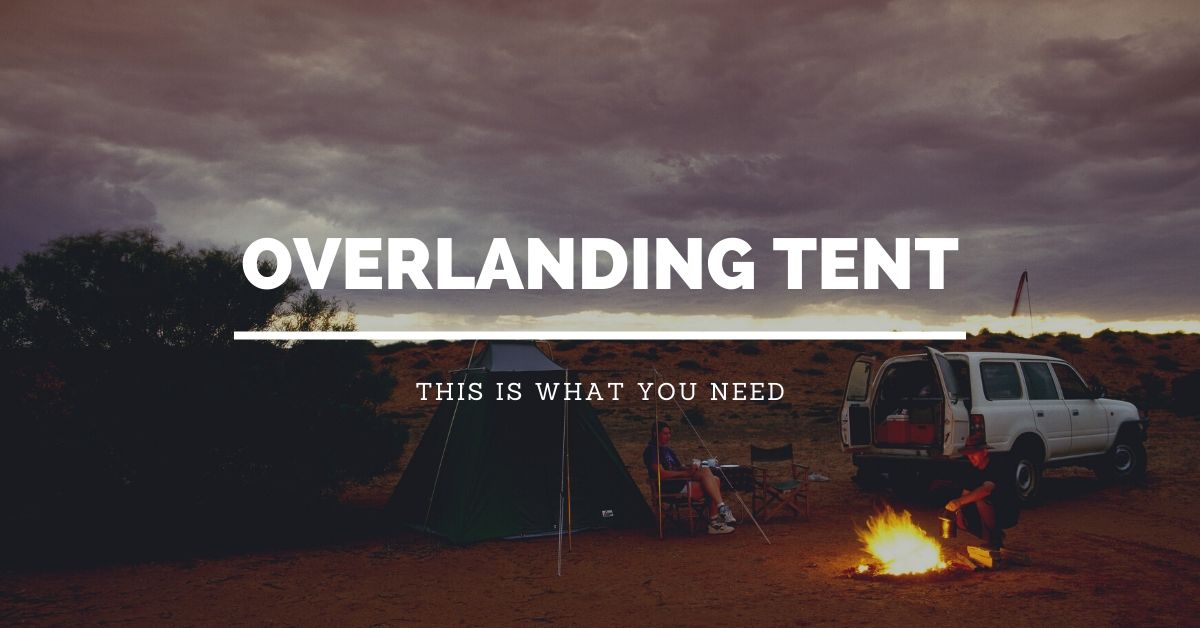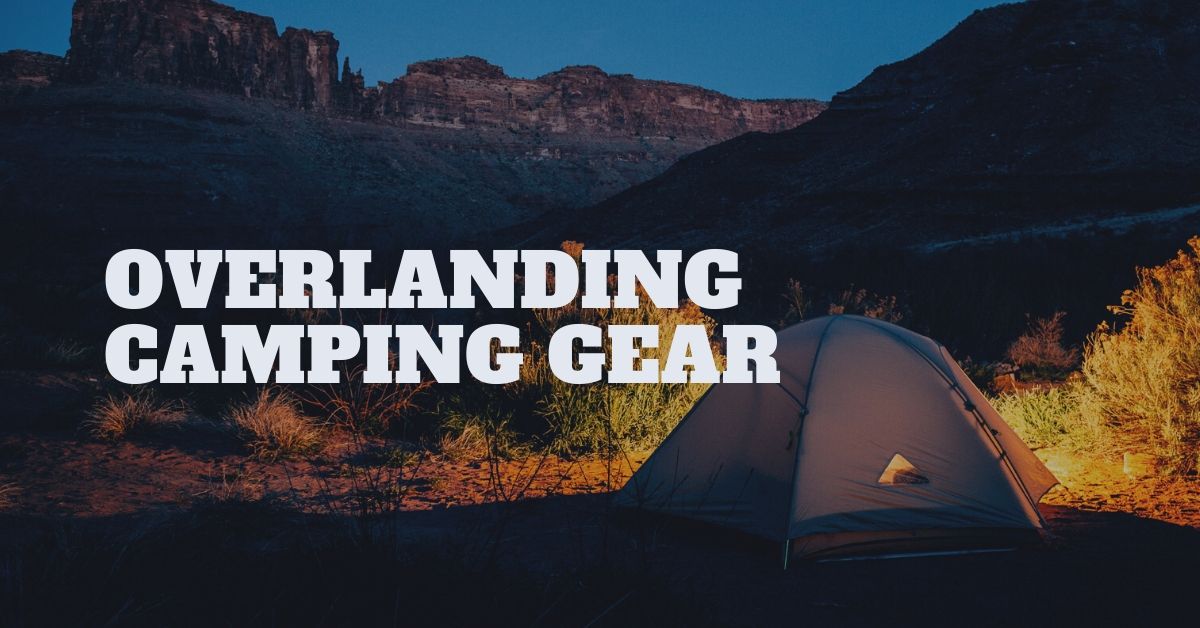My first Toyota for anything resembling overlanding was a 1970 FJ40 Toyota Land Cruiser. I loved that vehicle, but only when after arriving at my destination. Up until that point it was like driving an old tractor down the highway. So much so that its straight-six with three-on-the-tree made anything over 50 miles an hour part of the adventure, and a realistic safe speed more like 45 mph. That meant that travel time anywhere substantial was roughly double that of a more road-oriented vehicle. Although I did build a fold-out bed arrangement, sleeping in, or more like half-in the Land Cruiser was not really worth the trouble.
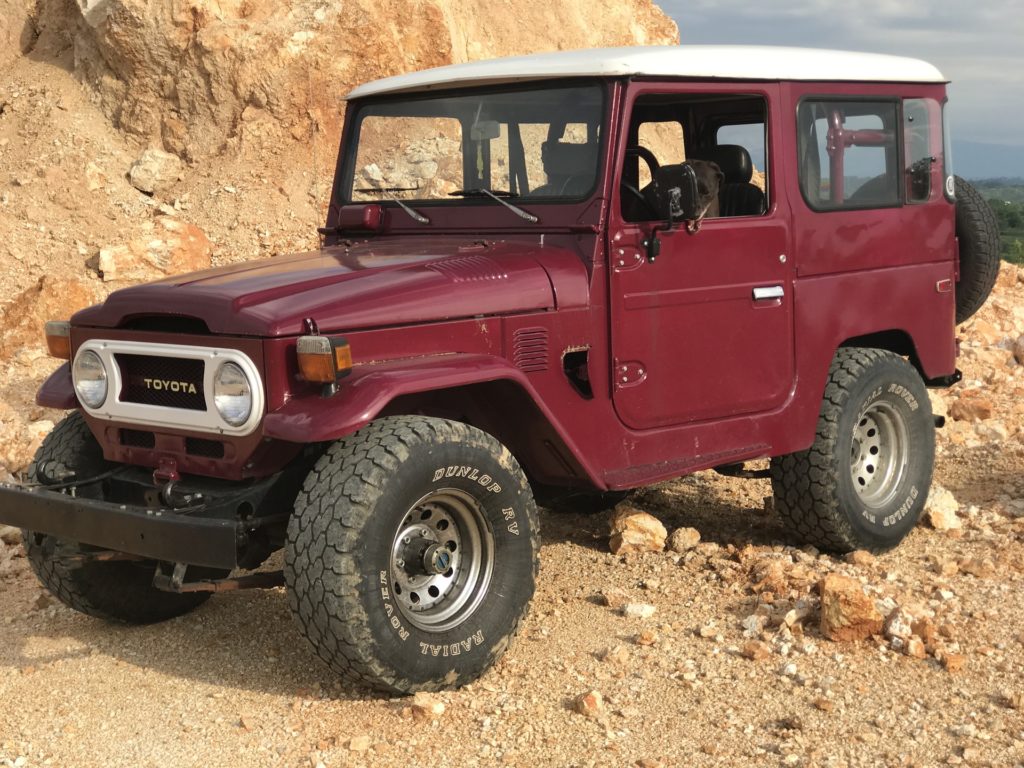
Homemade Traction Pads
My next overlanding vehicle was a 1978 Toyota Hilux pickup truck with a camper shell, also known as a Generation 2 Hilux. I had two less cylinders than the FJ40 and one more forward gear. Both noticeable changes. I drove that truck all across the western US and got it stuck more times than I can count. Why? Mostly because it was two wheel drive, and I ran all season radial tires rather than more off-road tires. But its light weight made unsticking it rather easy. It’s also where I really learned to appreciate traction pads, and built my own out of wood and metal.
From there I moved through Subaru wagons. Before the Outback, I had an actual on-demand four wheel drive and low range gearing Subaru GL wagon (third generation). I really developed an appreciation for being able to camp inside the main cab of the vehicle rather than the bed of a pickup or tent. So when the Subaru Outbacks arrived, I got one. I learned all the ins and outs of roof rack systems and had all options from boxes, bikes, boats, baskets. and skis. Then back to Toyota with a Sienna minivan. It was like a mini RV when the seats were removed. The Sienna introduced me to hitch-mount carry systems, and I used to drive the Sienna until I got it stuck or nearly so. And that’s where I camped. The higher roof line of the minivan opened the opportunity for DIY awnings and bridging the space between vehicle and campsite. But I still missed actual four wheel drive, not all-wheel drive. So I bought an old 1984 Toyota HiLux 4×4 Xtracab.
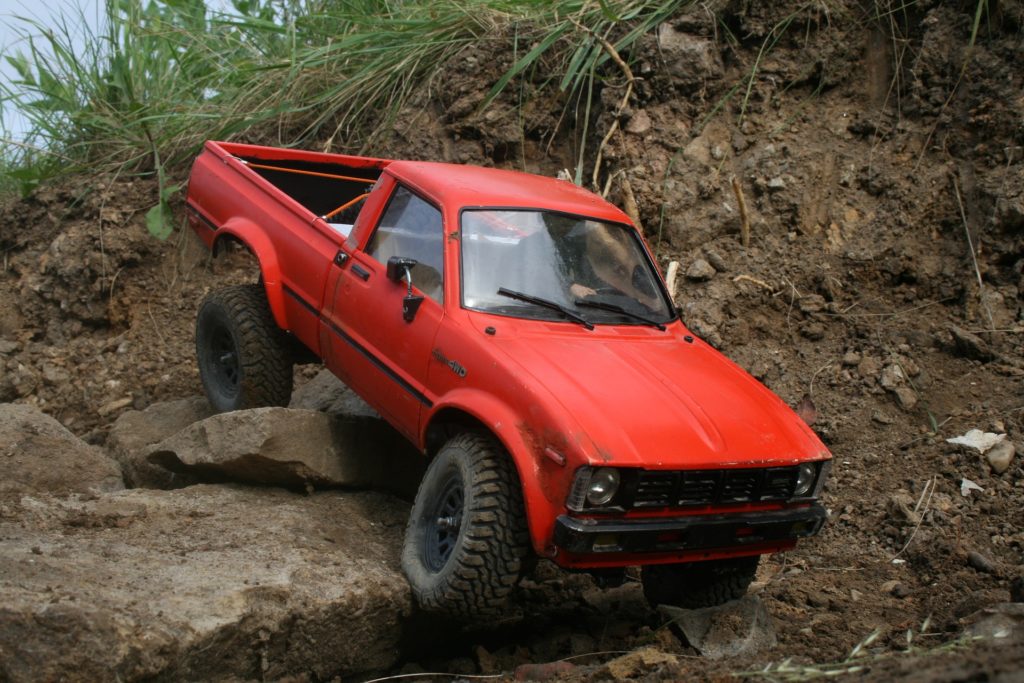
Back in those days, Toyota thought an extra cab meant adding half a foot of additional storage behind the front seats. It was plenty of room for a bit of camping equipment, a couple rifles, and a makeshift platform for the dog to ride on during those infrequent times when the front passenger seat was occupied. While the ‘85 was not as cold blooded as the ‘70, it was rough around the edges and had a carburetor instead of that new fangled fuel injection thing that was gaining popularity. With only half the cylinders of a V8, and gears that went all the way to five, I could motor down the highway at actual highway speeds as long as conditions were with me. If a semi truck was hauling a light load, it would easily overtake me on mountain passes. I had an uninsulated topper shell over the bed and often slept out with the tailgate open. Fast forward to the future (and yes, my truck was very similar to that Toyota that made a cameo at the end of the movie Back to the Future), and it turns out that the particular combination of parts in my truck made it a highly desirable base vehicle upon which to build a rock crawler. I still have that truck and always will.
Minimalist Overlanding Rig
Later, the Toyota Hilux was essentially replaced by the Tacoma in America. The name Hilux is still in use in other parts of the world, but if one truly follows the Hilux line, the Toyota 4Runner (my current overlanding vehicle) is also a Hilux simply because the name 4Runner was a Hilux model of sorts. Not the 4Runner of today, but more something also called a Toyota Sport Rider that was in that muddy area of four-door pickup trucks that evolved to have fixed rear shells.
For overlanding, there is something primal about the Hilux trucks. They both look and feel like what you would imagine bouncing across the Serengeti would be like. Narrow, tall wheels. Few accessories and even fewer ornaments, the simple Hilux is both a minimalist overlanding rig, and a glorious platform upon which you can build your overlanding dream machine. Parts, both OEM and aftermarket are plentiful, the price of a used Hilux rarely breaks five digits, and you won’t have second thoughts about drilling holes into the body or frame to explore overlanding options.
